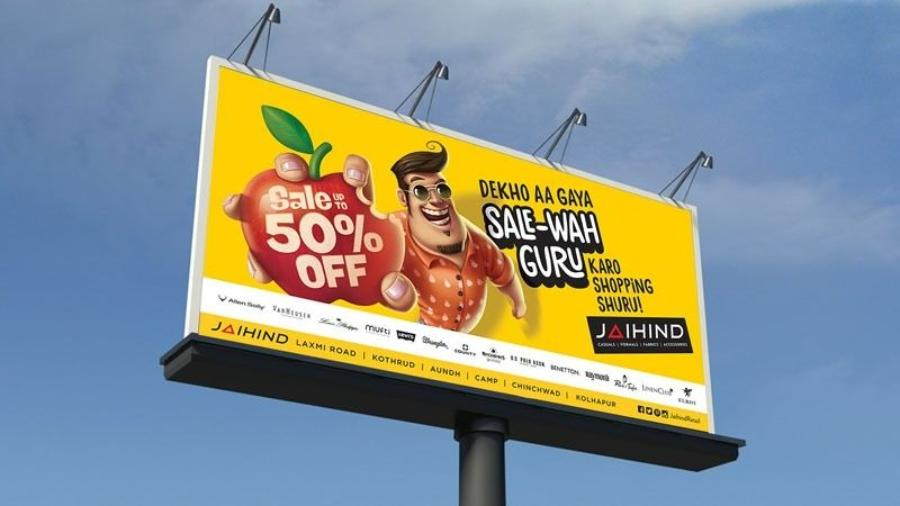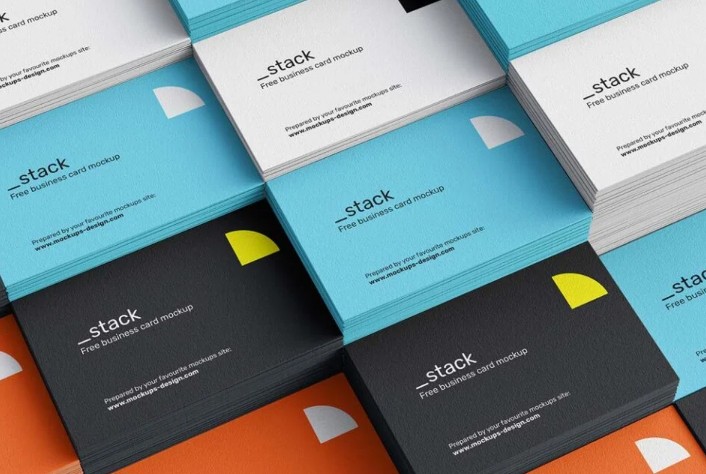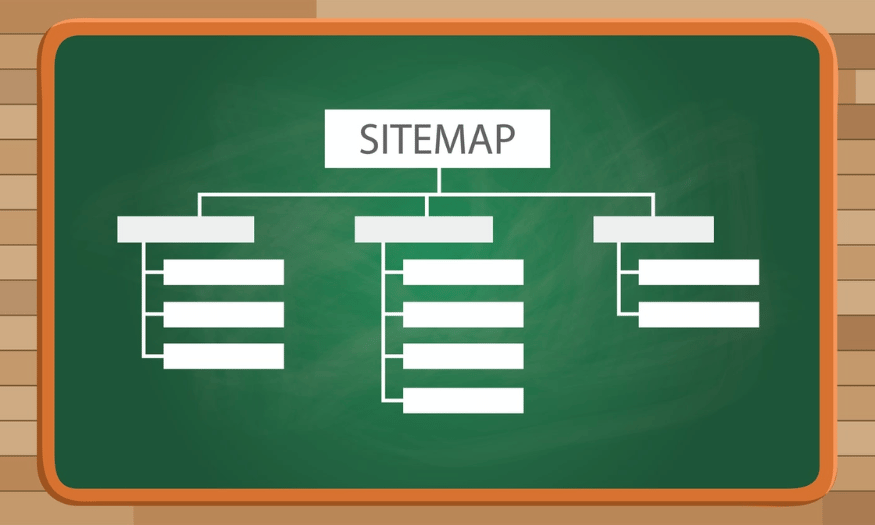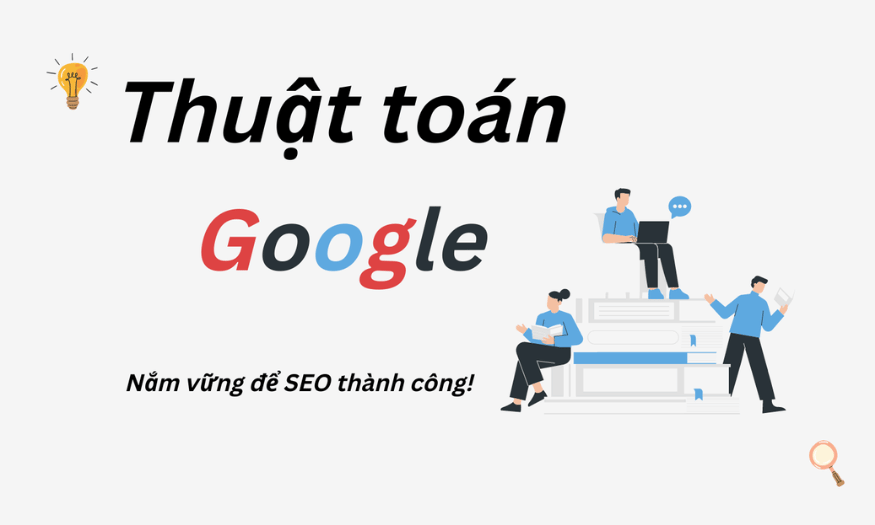Best Selling Products
Standard banner sizes and professional design tips
Nội dung
- 1. What is a banner?
- 1.1 History of banner development
- 1.2 Why is banner an effective marketing tool?
- 2. Banner Classification: Diverse "Maps"
- 3. Standard Banner Size For Printing: "Golden Coordinates" For Impressive Display
- 4. Tips for effective banner design
- 5. Effective Banner Design Support Tools
- 6. Important Notes When Designing Banners
- 7. Measuring Banner Effectiveness: The "Measurement" For Campaign Success
- 8. Latest Banner Design Trends
- 9. Conclusion
Learn banner concepts, popular standard sizes and useful design tips to create impressive advertising banners, enhancing communication effectiveness for businesses.

Banners play an important role in communication and brand promotion strategies. Understanding the concept, standard sizes and banner design tips will help businesses create effective advertising products that attract the attention of target customers.
1. What is a banner?
Banners are a form of visual advertising, often used to convey messages, promote products, services or events. Banners can appear in many different forms such as print (standees, posters), digital (on websites, social networks) or outdoor (billboards, billboards). The main goal of banners is to attract customers' attention and promote specific actions such as purchasing, registering or finding out more information.
.jpg)
Basically, a banner is a form of visual advertising that uses images, text, and other design elements to convey a specific message to a target audience. Banners can exist in physical (print) or digital (online) form. Common types of banners include:
Printed banners: Billboards, panels, streamers, vertical banners, roll-up banners, X-shaped standees.
Digital banners: Website display banners, social media advertising banners, mobile app advertising banners.
1.1 History of banner development
Banners have a long history, starting with simple cloth banners used at events, festivals or to spread information. With the development of technology, banners have moved to a digital format, opening up endless possibilities for interaction and more precise targeting.
1.2 Why is banner an effective marketing tool?
Banners are still an effective marketing tool because:
Visual: Eye-catching images and colors attract attention more easily than plain text.
Ability to convey messages quickly: Banners can convey key messages quickly in a short time.
Diverse shapes and sizes: Suitable for many different advertising purposes and spaces.
Targeting capabilities (for digital banners): Reach the right audience.
Relatively flexible cost: Suitable for many marketing budgets.
2. Banner Classification: Diverse "Maps"
The world of banners is extremely diverse, serving many different purposes and advertising environments. Below is a detailed classification:
Printed banner:
Outdoor advertising banners (Billboard, Pano): Large size, placed in high traffic areas, the main goal is to increase brand awareness and convey a concise message.
Vertical banners (Roadside, Events): Usually moderate in size, hung on streetlights or in event spaces, used to promote events, products or specific messages.
Roll-up banner: Vertical design, can be rolled up into a base box, convenient for moving and displaying at events, fairs, or points of sale.
X-shaped banner (Standee): X-shaped frame supports the printed board, light, easy to install, often used to promote products and services in stores, short-term events.
Digital Banners:
Website advertising banners (Google Ads Display Network): Displayed on websites in Google's advertising network, with many different standard sizes (will be listed in detail in the following section).
Social media banner ads: Appear on social media platforms such as Facebook, Instagram, LinkedIn, Twitter, with separate formats and sizes for each platform (which will also be covered in detail).
Mobile app banner ads: Displayed within mobile apps, usually compact in size and optimized for phone screens.
3. Standard Banner Size For Printing: "Golden Coordinates" For Impressive Display
Choosing the right banner size depends on the display location, advertising goals, and budget. Here are some common sizes and design considerations:
Outdoor advertising banner:
Popular sizes: Very diverse, can range from a few square meters to tens of square meters. Some common sizes: 3x6m, 4x8m, 5x10m, 6x12m.
Design notes: Messages should be extremely concise, images should be large and easily recognizable from a distance, fonts should be clear and large in size.
Vertical banner:
Standard size: Usually has narrow width and large length, for example: 60x160cm, 80x200cm, 100x250cm.
How to optimize your message: Arrange information vertically, using a large headline at the top, detailed information in the middle, and a call to action at the bottom.
Roll-up banner:
Standard sizes: The most popular are 60x160cm and 80x200cm. There are also smaller or larger sizes depending on needs.
Effective layout tips: Divide the layout into clear sections, with the most important information at the top (within the viewer's line of sight), product/service images in the middle, and contact information/CTA below.
X-shaped banner (Standee):
Popular sizes: 60x160cm and 80x180cm are the most popular.
Compelling design principles: Focus on product/service image or representative character, concise message, and clear call to action.
Note on resolution and file format for printing:
Resolution: At least 150 DPI (dots per inch) for banners viewed up close and 72 DPI or higher for large banners viewed from a distance. 300 DPI is best for sharp quality.
File format: PDF is the most preferred format for printing because it retains formatting and colors. AI, EPS, CDR files are also commonly accepted. CMYK color mode is required for printing.
4. Tips for effective banner design
An effective banner is not only about the right size, but also about being attractive and conveying a clear message. Here are some helpful design tips:
.jpg)
Define clear goals
Before starting to design, you need to clearly define the purpose of the banner: introduce a new product, announce a promotion or increase brand awareness. A clear goal will help guide the content and design accordingly.
Use high quality images
Images are the first thing that grabs the viewer’s attention. Using sharp, high-resolution images that are relevant to the content will enhance the professionalism and effectiveness of your banner.
Optimize text content
The content on the banner should be short, concise and easy to understand. Use prominent titles, combined with highlights such as discounts and promotions to stimulate action from customers.
Choose the right color
Colors influence consumer emotions and behavior. Choosing colors that match your brand and communication goals will help your banner stand out and be easily recognizable.
Use easy-to-read fonts
Choose fonts that are clear, easy to read, and consistent with the design style. Avoid using too many fonts in one banner to ensure consistency and professionalism.
Include a call to action (CTA)
A CTA is an element that drives action from the viewer. Use phrases like “Buy Now,” “Learn More,” “Sign Up Now” to guide customers to take the desired action.
Ensure compatibility across devices
For digital banners, it is important to ensure that the design displays well on different devices like computers, tablets and mobile phones.
5. Effective Banner Design Support Tools
There are many different tools to help you design banners, from professional software to easy-to-use online platforms:
Professional design software: Adobe Photoshop and Adobe Illustrator offer advanced customization and powerful tools for creating high-quality banners. Figma is also a popular choice with its intuitive interface and good collaboration capabilities.
Online design platforms: Canva is a very popular tool with an easy-to-use drag-and-drop interface and a rich library of templates, images, and fonts. Bannerflow and Google Web Designer are also good options for creating animated and interactive banners for online advertising.
High-quality photo and graphic libraries: Unsplash, Pexels, Shutterstock, Adobe Stock offer millions of free and paid images and graphics for you to use in banner design.
Banner size and format testing tools: Many websites and browser plugins can help you test banner file sizes and formats to ensure they comply with ad platform requirements.
6. Important Notes When Designing Banners
To create a banner that is not only beautiful but also effective and compliant, there are a few important considerations to keep in mind during the design process:
.jpg)
Ad Compliance: The "Legal Corridor" That Cannot Be Ignored
This is one of the prerequisites to ensure that your banner is displayed smoothly and avoids unnecessary legal troubles. Failure to comply with regulations can result in banners being rejected, advertising accounts being suspended, or even more serious legal issues.
Do your research: Before you start designing, take the time to learn and understand the advertising policies of the platforms you will be using (e.g. Google Ads, Facebook Ads, specific websites, print publications). Each platform may have its own policies regarding content, images, language, and other elements.
Avoid Prohibited Content: Absolutely do not use illegal content, including copyright issues (images, audio, video, text), counterfeit goods, counterfeit goods, prohibited products/services (e.g. weapons, stimulants), misleading content, false information, or advertising for illegal activities.
Comply with platform policies: Online advertising platforms often have strict policies regarding ad content, including restrictions on sensitive content (e.g., political, religious, discriminatory), health and medical content, or unsubstantiated claims. Make sure your banner complies with all of these policies.
Note on images and language: Some platforms may have specific requirements regarding image quality, text-to-image ratio, or the use of overly assertive language. Be sure to read these guidelines carefully to avoid having your banner rejected.
Check before publishing: Before you officially run your ad or print, review your banner against the rules and policies you've learned. If you're unsure about an element, consult your ad platform or printer's support.
Spell Check: "Small Errors" Have a Big Impact on "Big Reputation"
Even the smallest spelling and grammar errors on your banner can have a negative impact on your brand's professionalism and credibility. A banner full of errors will make viewers doubt the care and quality of the product/service you provide.
Use a spell checker: Web browsers and design software often come with built-in spell checkers. Use these tools to check for errors. However, don't rely on them completely, as they can sometimes miss contextual errors.
Pay attention to common errors: Common errors include incorrect accents, confusing letters with similar pronunciations, or incorrect grammatical structure. Pay special attention to these errors.
Check after every edit: If you make any edits to the text on your banner, be sure to double check for spelling errors after editing.
Ensuring Consistency: A Unified "Brand Face" Across All "Touchpoints"
Consistency in banner design and brand identity is key to building familiarity, enhancing recognition, and creating a professional, trustworthy image in the minds of customers.
Brand Colors: Use your established brand color palette consistently across your banner. This includes your primary, secondary, and accent colors. Sticking to your color palette helps create a strong visual association with your brand.
Brand Fonts: Use fonts that are specified in the brand identity for headlines, body copy, and other text elements on your banner. Font consistency helps maintain your brand’s tone and style.
Design Style: Consistently apply your brand’s overall design style, including the use of imagery, graphics, patterns, and tone of voice. If your brand has a modern style, your banner should have that feel, and vice versa.
By following these important notes, you will be able to design banners that are not only beautiful, but also professional, effective and compliant, contributing to the success of your marketing campaign.
7. Measuring Banner Effectiveness: The "Measurement" For Campaign Success
To know if your banner is working, it's important to measure the results:
.jpg)
Define metrics: Depending on your goals, you can track impressions, clicks, click-through rate (CTR), conversion rate, or other engagement metrics.
Use analytics tools: Google Analytics and ad management platforms (e.g. Facebook Ads Manager, Google Ads) provide powerful tools for tracking banner performance.
Do A/B testing: Test different versions of your banner (image, message, CTA) to see which one performs best.
Adjust design and messaging based on collected data: Based on measurement results, adjust banner design and messaging to optimize effectiveness for subsequent campaigns.
8. Latest Banner Design Trends
To keep your banners fresh and attractive, stay up to date with the latest design trends:
Minimalist Design: Focuses on simplicity, using few elements, lots of white space, and strong typography.
Motion Graphics and animation: Use gentle motion effects to attract attention and convey messages vividly.
Use gradients and bright colors: Create eye-catching and modern color effects.
Big and Bold Typography: Use large, unique fonts to make a statement.
3D and isometric design: Bring depth and distinction to your banner.
Personalize banners based on user data: Display content and offers relevant to each viewer (for online banners).
Buy Cheap Licensed Software
9. Conclusion
Banners are a powerful advertising tool that helps businesses convey messages and attract customers' attention. Understanding the concept, choosing the right size and applying effective design tips will help create impressive banners, improve communication effectiveness and promote action from target customers.












































